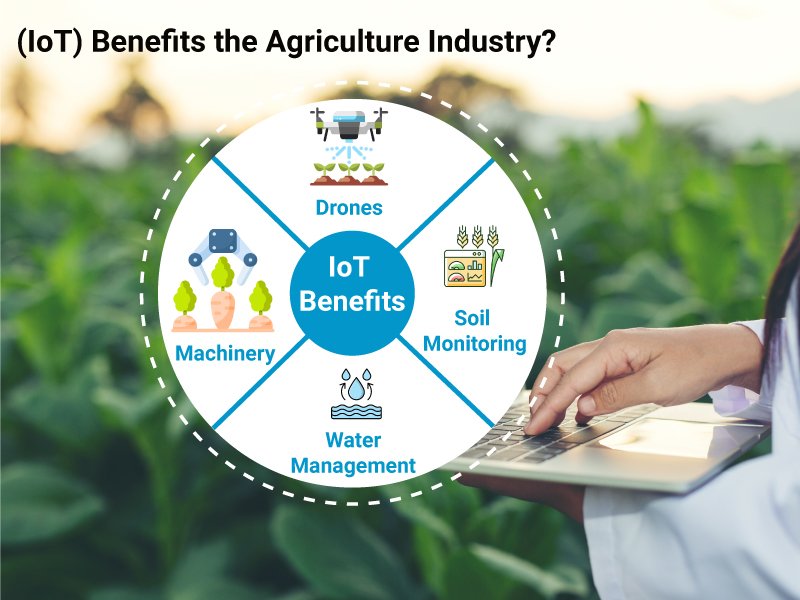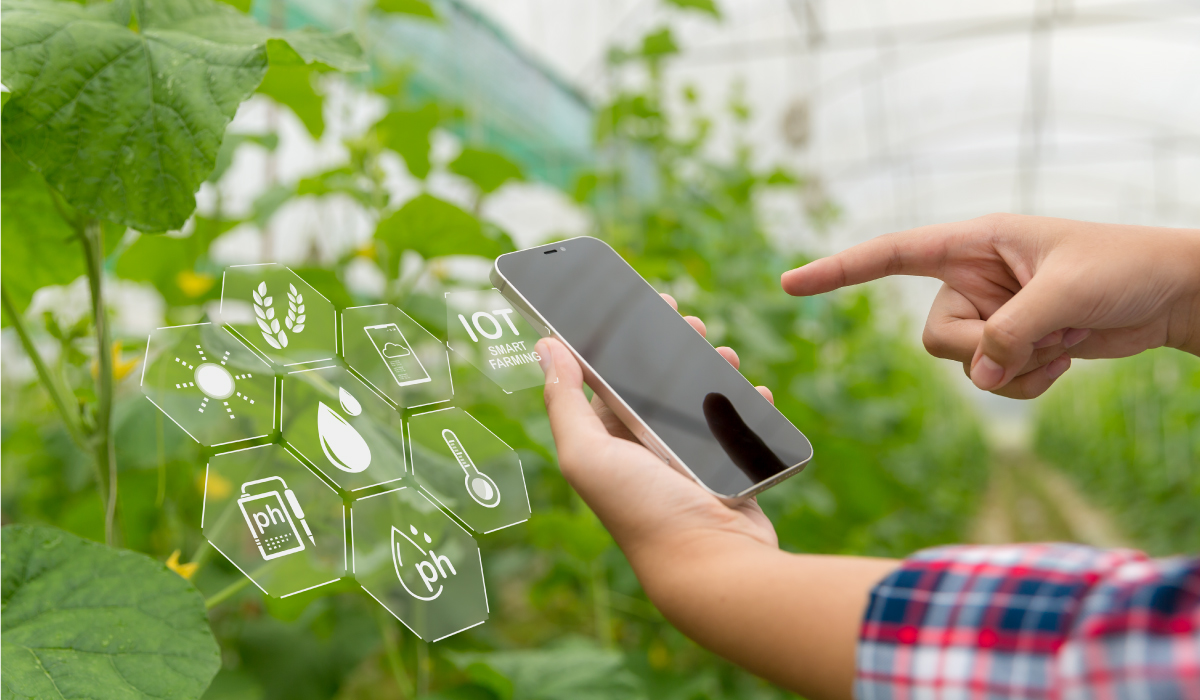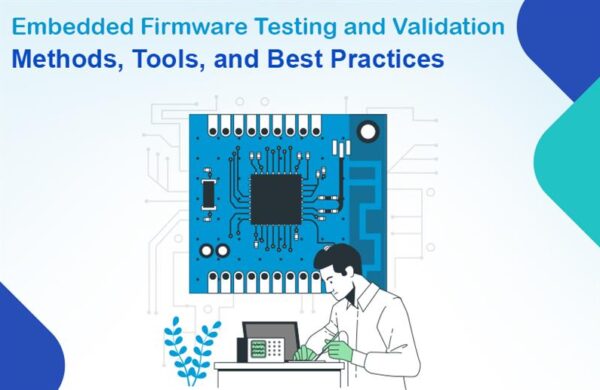The agriculture industry has always been at the forefront of innovation when it comes to technology. In recent years, the adoption of the Internet of Things (IoT) has revolutionized the way agriculture operates. IoT technology allows farmers to collect data, monitor crops, and optimize their operations in real time. The result is increased efficiency, reduced waste, and improved yields. In this blog post, we will explore the various ways in which IoT in Agriculture, and how is changing the face of modern farming. From precision agriculture to smart irrigation systems, IoT is transforming agriculture into a more sustainable and productive industry.
What is meant by IoT in Agricultural Industry?
IoT, or the Internet of Things, refers to the network of physical objects or “things” embedded with sensors, software, and connectivity that enable them to collect and exchange data. IoT in Agriculture refers to the use of these connected devices and sensors in farming operations. These devices can include soil sensors, weather stations, drones, and livestock trackers, among others. The data collected by these devices can then be analysed and used to make informed decisions about crop management, and irrigation. The goal of artificial intelligence in construction is to increase efficiency, reduce waste, and improve yields by leveraging the power of data-driven insights. With IoT product design technology, farmers can monitor their operations in real-time, make data-driven decisions, and ultimately achieve greater profitability and sustainability.
Benefits of IoT in Agriculture
IoT in Agriculture offers various benefits including:

- Precision farming: IoT sensors can be used to collect data on soil moisture, nutrient levels, and weather patterns. This data can then be used to create customized and precise planting and irrigation plans, resulting in more efficient use of resources and increased crop yields.
- Livestock monitoring: IoT devices can be used to track the health and behaviour of livestock, including their feeding patterns, activity levels, and vital signs. This information can be used to identify early signs of illness, monitor herd health, and improve overall animal welfare.
- Smart irrigation systems: IoT sensors can be used to measure soil moisture levels and weather patterns, allowing for more precise and efficient irrigation. This can reduce water waste and improve crop health and yield.
- Supply chain optimization: IoT devices can be used to track the movement of goods from farm to market, ensuring that products are transported and stored at optimal temperatures and conditions. This can reduce waste and increase the shelf life of products.
- Autonomous farming: IoT devices such as drones and autonomous vehicles can be used to monitor and maintain crops and livestock without the need for human intervention. This can reduce labour costs and improve efficiency.
Overall, the use of IoT technology in agriculture can lead to increased efficiency, reduced waste, and improved yields. By leveraging the power of data-driven insights, farmers can make more informed decisions about their operations, ultimately leading to greater profitability and sustainability.
How Internet of Things (IoT) works in the Farming Industry?
IoT technology in agriculture works by using a network of connected devices and sensors to collect and transmit data, which can then be analysed and used to optimize farming operations. Here are the general steps involved in how IoT works in the agriculture industry:
- Data collection: IoT devices such as soil sensors, weather stations, and livestock trackers collect data on various aspects of farming operations, such as soil moisture levels, nutrient content, weather patterns, and animal health.
- Data transmission: The data collected by these IoT devices is transmitted to a centralized system or cloud-based platform, where it can be stored, analysed, and visualized.
- Data analysis: Advanced analytics tools are used to analyse the data collected from IoT devices, generating insights that can be used to improve farming operations. For example, machine learning algorithms can be used to predict crop yields and optimize irrigation and fertilization schedules.
- Actionable insights: The insights generated from the data analysis can be used to inform decisions about crop management, irrigation, livestock health, and supply chain management.
- Automated actions: In some cases, IoT technology can be used to automate certain farming tasks. For example, drones equipped with sensors and cameras can be used to monitor crops and identify areas of stress or disease, while autonomous vehicles can be used to transport goods and equipment around the farm.
Overall, IoT technology works in the agriculture industry by providing farmers with real-time data and insights that can be used to optimize farming operations, reduce waste, and improve yields.
IoT Product Development in the Agriculture Industry
IoT product development in the agriculture industry involves designing and developing connected devices and systems that can help farmers optimize their operations and increase efficiency. Here are the general steps involved in IoT product development for agriculture:
- Identify the problem: The first step in developing an IoT product for agriculture is to identify a specific problem or pain point that farmers are facing. For example, farmers may struggle with optimizing irrigation or managing livestock health.
- Define the requirements: Once the problem has been identified, the next step is to define the requirements for the IoT product. This includes determining what types of sensors and devices are needed, what data needs to be collected, and what types of analytics and visualization tools are required.
- Develop the hardware and software: With the requirements defined, the next step is to develop the hardware and software for the IoT product. This can include designing sensors, developing connectivity protocols, and building the software that will be used to collect and analyse data.
- Test and iterate: Once the hardware and software have been developed, the IoT product must be tested and iterated to ensure that it works as intended. This can involve conducting field tests to evaluate performance, gathering feedback from farmers, and making improvements based on that feedback.
- Launch and support: Finally, the IoT product is launched and made available to farmers. Ongoing support is provided to ensure that the product continues to work effectively and that farmers are able to achieve their desired outcomes.
Overall, IoT product development in the agriculture industry involves identifying the needs of farmers, developing connected devices and systems to meet those needs, and providing ongoing support to ensure that the products are effective and easy to use. By leveraging the power of IoT technology, farmers can optimize their operations, reduce waste, and increase efficiency.
Why Choose Monarch for IoT Product Development?
At Monarch Innovation, we are committed to developing IoT solutions that can help farmers optimize their operations and increase efficiency. Through our innovative IoT solutions, we are helping farmers to leverage the power of technology to improve their operations and drive sustainable growth. We believe that IoT has the potential to transform the agriculture industry, and we are excited to be at the forefront of this transformation. Contact Us for Free Quote.





